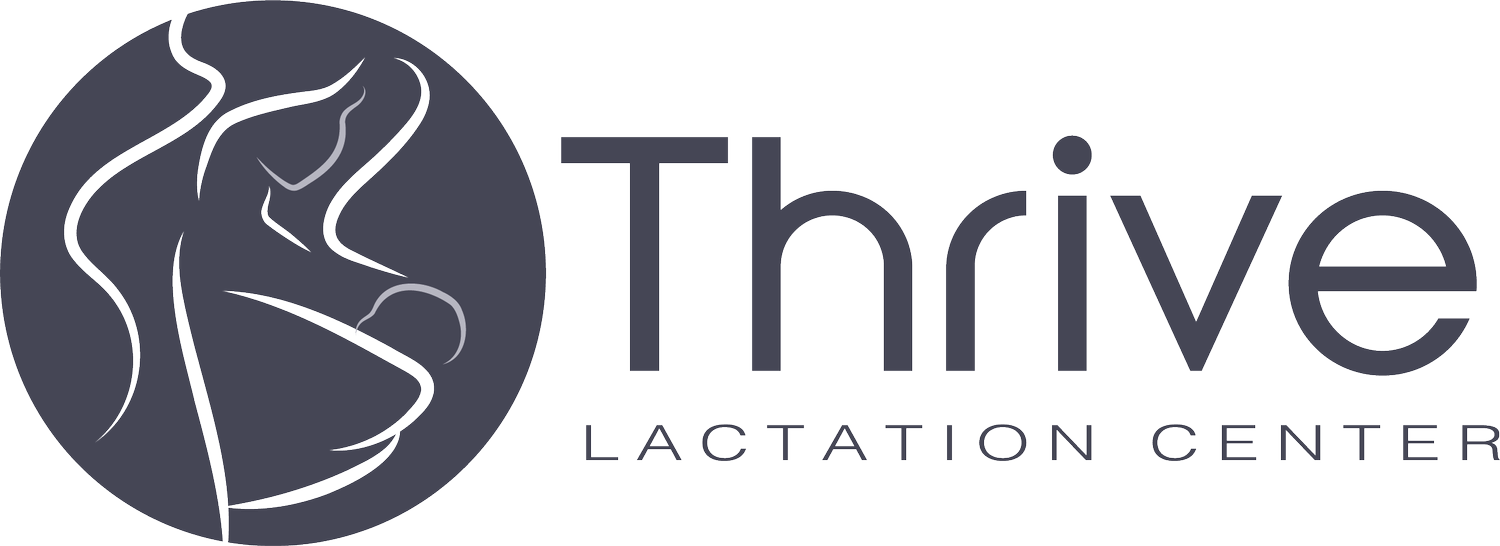How Nipple Breakdown from Breastfeeding Can Increase a Mother's Risk for Mastitis
Breastfeeding, while a natural and rewarding process, can sometimes lead to challenges for new mothers. One such challenge is the risk of developing mastitis, a painful inflammation of the breast tissue often accompanied by infection. Nipple breakdown or damage from breastfeeding can significantly increase this risk. Understanding how nipple breakdown occurs and its connection to mastitis can help mothers take preventive measures and seek timely treatment.
What is Nipple Breakdown?
Nipple breakdown refers to the damage that can occur to the nipple and areola due to various factors associated with breastfeeding. This damage can manifest as:
Cracks and Fissures: Small or large splits in the nipple skin.
Blisters: Fluid-filled bubbles on the nipple surface.
Bleeding: Open wounds that may ooze blood.
Soreness and Pain: General discomfort and sensitivity in the nipple area.
Causes of Nipple Breakdown
Several factors can contribute to nipple breakdown during breastfeeding:
Improper Latch: One of the most common causes is an improper latch. If the baby is not correctly latched onto the breast, excessive friction and pressure can damage the nipple.
Incorrect Positioning: Holding the baby in an awkward position can lead to uneven pressure and friction on the nipple.
Frequent Nursing: Constant nursing without giving the nipples time to heal can exacerbate minor damage.
Pumping Issues: Using a breast pump with improper settings or ill-fitting flanges can cause nipple trauma.
Infections: Conditions like thrush can make the nipple skin more susceptible to damage.
How Nipple Breakdown Leads to Mastitis
When the nipple skin is compromised, it creates an entry point for bacteria. Here's how nipple breakdown can escalate into mastitis:
Bacterial Invasion: Cracks, fissures, and open wounds on the nipple can allow bacteria from the baby's mouth or the environment to enter the breast tissue.
Blocked Milk Ducts: Damage to the nipples can lead to poor milk drainage, causing milk to accumulate and block ducts. Blocked ducts can create an environment where bacteria thrive.
Inflammation: The body responds to bacterial invasion with an inflammatory response, leading to swelling, redness, and pain in the breast.
Infection: If the bacteria multiply, it can result in a full-blown infection, causing symptoms such as fever, chills, and flu-like feelings.
Signs and Symptoms of Mastitis
Recognizing the signs of mastitis early is crucial for prompt treatment. Symptoms include:
Localized Breast Pain: Severe pain in one area of the breast.
Redness and Swelling: The affected area may appear red and feel warm to the touch.
Fever and Chills: Similar to flu-like symptoms, these can accompany the breast pain.
Fatigue: A feeling of overall weakness and tiredness.
Preventing Nipple Breakdown and Mastitis
Prevention is key to avoiding nipple breakdown and the subsequent risk of mastitis. Here are some strategies to help protect your nipples and maintain breast health:
Ensure Proper Latch: Seek guidance from a lactation consultant to ensure your baby is latching correctly. A good latch reduces friction and pressure on the nipples.
Use Correct Positioning: Find a comfortable breastfeeding position that supports both you and your baby, reducing the risk of nipple damage.
Allow Healing Time: If your nipples are sore or damaged, try to give them time to heal. Alternate breastfeeding positions or use breast shells to protect the nipples between feedings.
Maintain Breast Hygiene: Keep your breasts clean and dry. Change nursing pads frequently to avoid moisture buildup, which can promote bacterial growth.
Choose the Right Pump: If you use a breast pump, ensure the flanges fit correctly and the settings are comfortable. Too much suction can cause nipple trauma.
Hydrate and Rest: Staying hydrated and getting adequate rest helps maintain overall health and immune function, reducing the risk of infection.
Treating Nipple Breakdown and Mastitis
If you experience nipple breakdown or suspect mastitis, prompt action is essential:
Nipple Care: Apply lanolin cream or nipple ointments to soothe and protect damaged skin. Let your nipples air-dry after breastfeeding.
Antibiotics: If mastitis is suspected, consult a healthcare provider for appropriate antibiotic treatment.
Pain Relief: Use over-the-counter pain relievers and apply warm compresses to alleviate discomfort.
Continue Breastfeeding: It might be painful, but continuing to breastfeed or pump can help clear blocked ducts and maintain milk flow.
Conclusion
While breastfeeding is a natural and beneficial practice, it’s important to be aware of potential complications like nipple breakdown and mastitis. By understanding the causes and connections between these issues, mothers can take proactive steps to protect their nipple health and reduce the risk of infection. Proper latch techniques, good breastfeeding practices, and prompt treatment are essential to ensure a healthy and comfortable breastfeeding journey. If you experience persistent nipple pain or signs of mastitis, seeking advice from a healthcare professional or lactation consultant is crucial for effective management and recovery.

